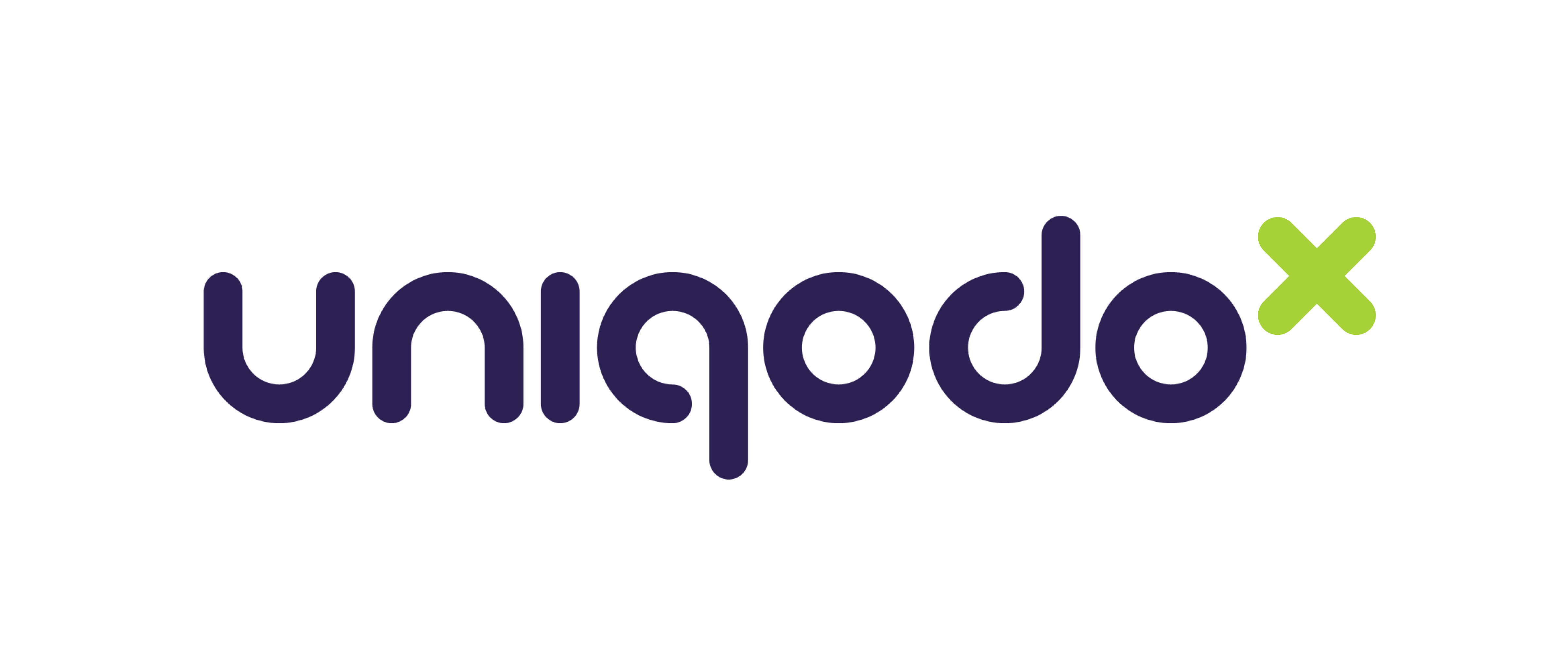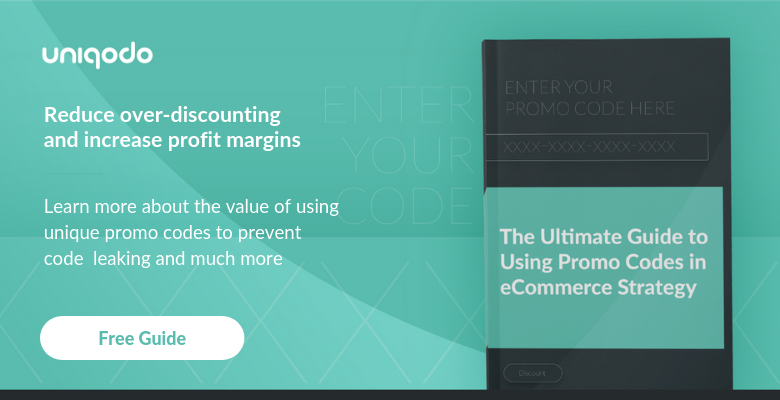When it comes to personalised marketing strategy there are two things you need: Customer Data and Automation tools.
Having both can help you deliver bespoke messaging straight to your users, and this article will describe building that messaging right here. But I hear you ask, why is personalisation important?
Well, for a start, Salesforce claims that high performing businesses use personalised marketing 51% more than underperforming businesses. What’s more, Infosys claim that 86% of their surveyed customers said that personalised advertising had some impact on what they purchased. So, how do you build a personalised marketing strategy?
1. Get to know yourself
The first thing you should do, before undertaking any marketing strategy is honing down on what you want to convey to your customers. What do you want to accomplish with this? This will help you in your strategy. It will also inform every other step you take.
When it comes to personalisation, you need to think about what you are sending out and what you want coming back. This is the first step in any marketing strategy.
2. Get to know them
Building a personalised marketing strategy is all about getting to know someone. Much like the real world, there are two steps to getting to know someone:
— Getting them to tell you about themselves— Using those facts to build a profile of them
In personalised marketing, getting as much information about someone as possible is key. After that, you can segment them into categories and begin to automate your marketing.
3. Utilise data
Data really is the driver that controls business. It’s also the first step in you creating and maintaining a personalised marketing strategy. Gathering customer data can, however, be slightly tricky and there are different ways of doing it. The traditional ones are surveys, focus groups and questionnaires, but no one wants to sit and fill out twenty questions every time they visit a site.
Instead, the best way of gathering data is by using what you already have. Your website.
Cookies, monitoring user experience and periodic questioning are all great ways of gathering data in small batches, that can then be built into a full profile. On your website, the more hoops a customer must jump through, the more data that you can collect and therefore the more comprehensive a profile you can build. The digital marketing institute makes a good point, that one or two questions can give better feedback than twenty.
4. Generate customer profiles
Once you have your data you can begin to segment your audience. This will help you in the next step of automating your marketing. However, the basic concept is simple. Once you have your data you can begin to target certain demographics of customers with more specific and personalised marketing.
O2 ran a scheme where, by using user’s real-time location data, they were able to send personalised offers and adverts based on location, age and what similar users upgraded to. These niche ads performed 128% better than normal ads in terms of click-through.
Being able to generate customer profiles means you can make more accurate generalisations of your customer base, as well as ensuring that you are targeting the right people for the right products.
5. Get the computer to know them
Once you have your data, the next step is to begin automating your marketing. Getting the right automation tools is important — it really comes down to what data you have and what you are trying to market.
Amazon is a great example of automated, personalised marketing. Their automatic product tracking constantly makes headlines about recommending products that seem almost precognisant in their accuracy. Whilst this can be slightly off-putting at times, Amazon have reported a 29% increase in sales due directly to their automatic marketing.
Picking the right automation is crucial for reaching the widest audience. Without it, you can’t personalise at scale. Promo code generators can generate unique codes to tempt users to follow through with purchases, whilst automatic email chains can help advertising to specific demographics.
Automation is key to large scale marketing. Using customer data and the right marketing tools means you can lessen the administrative toll of personalised marketing, while increasing the amount of specific and targeted material you produce.
6. Get them to talk about you
Social media is the best tool you have for personalised marketing, for two reasons. The first is it allows you to continually refine your customer profiles by observing the interactions of different demographics, and the second is it gives you flexible and scalable opportunities for personalisation.
Social media is, by design, personal. It allows you to tailor marketing messages in a way that, sometimes, people aren’t even aware of. Take Cadbury’s in Australia. They created a Facebook video which matched user’s personal information to a flavour of Dairy Milk. What this did is not only allow for the additional harvesting of data, but it also allowed for feedback on their customer profiles. People reacting to their results allowed for more preferential data and, ultimately, a more accurate targeted campaign. This campaign not only worked to create more data, but also resulted in a 65% click-through rate and a 33.6% conversation rate.
Video is not the only way that social media allows for a more personal marketing strategy. Using people’s names in adverts, ‘you liked this, so we think you will like this’ emails or limited, unique coupon codes are all a perfect way of advertising your product and service to your customers on a large scale.
7. Get personal
As mentioned before, getting personal with your marketing helps draw attention and drives click-through rates. Getting people’s birthdays and then sending through personalised messages and product recommendations on their birthdays, improving the shopping experience by including coupons and offers on items in abandoned shopping carts or simply using people’s names on emails goes a long way to engaging customers.
A great example of using names on marketing is Coca-Cola’s famous #shareacoke campaign. With this, they replaced the product logo with customers names and prompted them to share the bottles on social media. This led to the first rise in sales for the company in a decade and remains a great example of the benefits of personalised marketing.
Personalisation really does work — 44% of shoppers made impulse buys when they received a personalised experience while 71% expressed some level of frustration with an impersonal shopping experience. What’s more, personalisation is now expected with 51% of consumers. It’s clear that getting personal with your customers helps drive click-through rates.
8. But not too personal
While it’s great to get personal, there is such a thing as getting too much information. You must remember that your customers are people who want and deserve a level of privacy. Don’t be the kind of brand that goes too far!
Don’t go overboard with your personal marketing, but instead keep it more general. Don’t try to delve into the specifics of the customer, but most importantly remember to keep a slight distance between yourself and the customer. Balancing personalisation and respecting boundaries are hard, but important in order to get the most out of your marketing.
Build your personalised marketing strategy to fit your business
Those are our 8 steps to building a personalised marketing strategy in 2023, but it’s important to remember that while these tips can help to steer you in the right direction, you need to do what’s right for your brand.
That means building a strategy and then testing the effectiveness of it using trial and error. After all, you never know what will work best for you until you try. Offer personalised discounts and show your customers your care about them.
This can be done with the help of promo code software that allows you to provide customers with unique, single-use codes for them to use. You can offer them money off on a product suggestion tailored to them and track the results of whether this worked for consumers or not. This software also allows for A/B testing so you can see what works best. Get started and make the most of your personalised marketing strategy in 2023!





Subscribe to the Blog